
Iran’s Carpet Markets
Regional Design Characteristics in Persian Carpets and Rugs
Persian carpets have been coveted around the world not only as luxurious home decor items but also as valuable collectibles, cultural artifacts, and works of art. Over the centuries, many notable figures have dedicated themselves to collecting these masterpieces, amassing extraordinary collections that showcase the artistry and heritage of Persian carpet weaving. In this article, we’ll explore some of the most famous Persian carpet collectors and highlight their contributions to preserving these treasures.
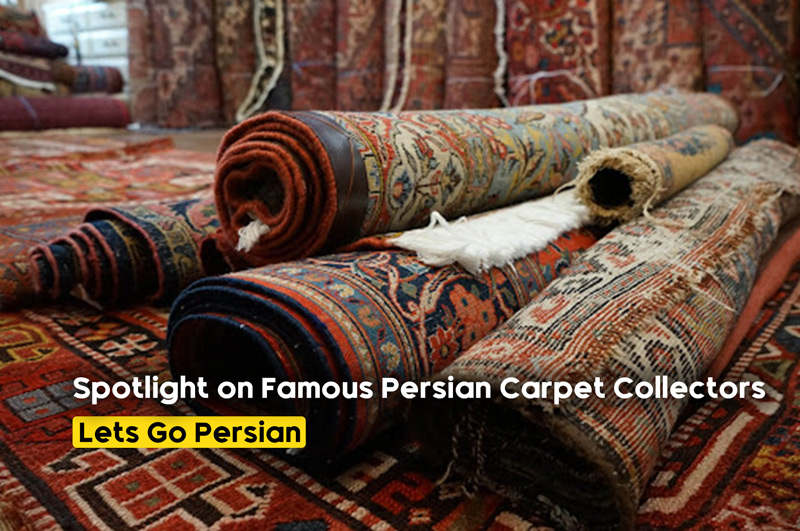
Spotlight on Famous Persian Carpet Collectors
1. Dr. J. Patrick Montgomery
Dr. J. Patrick Montgomery is one of the most respected figures in the Persian carpet-collecting community. His passion for Persian rugs began in the 1970s, and he has since assembled a remarkable collection featuring carpets from various weaving regions and eras.
- Focus on Tribal and Antique Carpets: Montgomery is particularly known for his interest in antique tribal carpets, including pieces from the Qashqai, Bakhtiari, and Luri tribes. His collection showcases carpets with distinct, traditional motifs that capture the nomadic heritage of Persian weaving.
- Influence on Scholars and Collectors: Montgomery has not only preserved rare carpets but has also actively contributed to scholarship on Persian rugs, organizing exhibitions, and participating in conferences. His collection has influenced other collectors and raised awareness about the importance of preserving antique carpets.
2. Jim Dixon
Jim Dixon, a celebrated American collector, dedicated his life to accumulating one of the largest collections of Persian and oriental carpets in the United States. His extensive collection, housed in his private museum in San Francisco, became a landmark for rug enthusiasts around the world.
- A Collector’s Legacy: Dixon’s collection spans several centuries and includes Persian carpets from diverse regions, including Tabriz, Heriz, and Isfahan. Many of the pieces in his collection feature exquisite silk and high knot densities, showcasing the high craftsmanship of Persian weavers.
- Educational Impact: Dixon was a strong advocate for carpet preservation and education, often opening his collection to the public and holding lectures. His passion for rugs inspired a generation of collectors and contributed to a deeper appreciation of Persian carpet artistry in the United States.
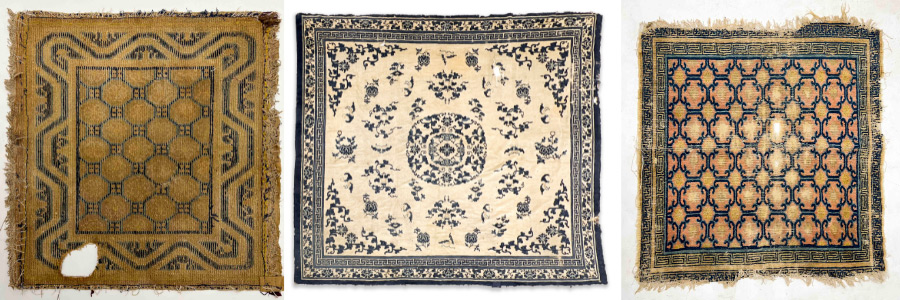
Carpets from the Jim Dixon Collection
3. The Zaleski Collection
The Zaleski Collection, assembled by Heinrich and Jeanie Zaleski, is recognized as one of the world’s most important private collections of oriental carpets. Known for its high-quality antique Persian carpets, the collection has been exhibited in major museums around the globe, including the Metropolitan Museum of Art in New York and the Louvre in Paris.
- Highlighting Antique Pieces: The Zaleskis focused on acquiring only the finest examples of Persian carpets, with many pieces dating back to the Safavid and Qajar dynasties. Their collection includes exceptional medallion carpets, prayer rugs, and garden-themed designs that reflect the grandeur of these historical eras.
- Contribution to Cultural Institutions: By lending their collection to museums, the Zaleskis have made these carpets accessible to the public, helping people around the world appreciate Persian carpet artistry and history. Their legacy continues to inspire both new collectors and seasoned enthusiasts.
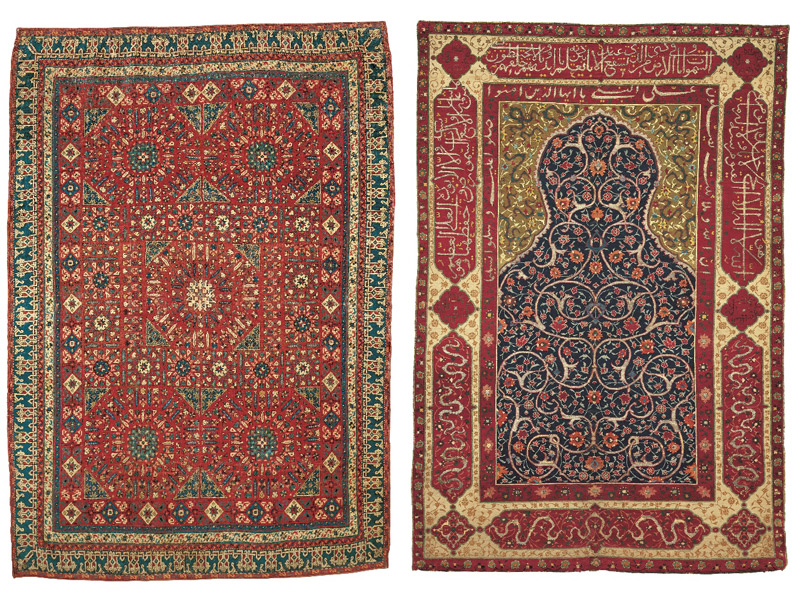
The Zaleski Collection
4. Mohammad Reza Shah Pahlavi
The last Shah of Iran, Mohammad Reza Shah Pahlavi, was not only a political leader but also an avid supporter of Iranian art and culture. During his reign, he amassed a collection of Persian carpets that emphasized the country’s rich cultural heritage.
- Promoting Iranian Artistry: As a collector, the Shah championed Iranian craftsmanship by commissioning carpets from renowned Iranian weaving centers, particularly those in Isfahan, Kashan, and Tabriz. His collection featured carpets with elaborate designs that celebrated Iran’s history, including depictions of historical events and cultural symbols.
- Legacy of Cultural Pride: Although his collection was primarily housed within royal residences and government buildings, Shah’s dedication to promoting Persian carpet artistry encouraged a greater appreciation of Iran’s cultural contributions on the global stage.
5. Huntington Hartford
Huntington Hartford, an American businessman and heir to the A&P grocery chain, developed a deep appreciation for Persian carpets. His collection, which included fine examples of Persian and oriental carpets, showcased his keen eye for art and design.
- Luxury and Artistry: Hartford’s collection included a wide variety of Persian rugs, from finely woven silk carpets to bold tribal pieces. Known for his lavish lifestyle, Hartford collected rugs as part of his broader passion for art, bringing Persian carpet beauty into his homes and galleries.
- Preservation of Traditional Craftsmanship: By collecting these rugs, Hartford helped preserve a range of traditional Persian weaving styles, highlighting the diversity and sophistication of Persian carpet designs in the Western world.
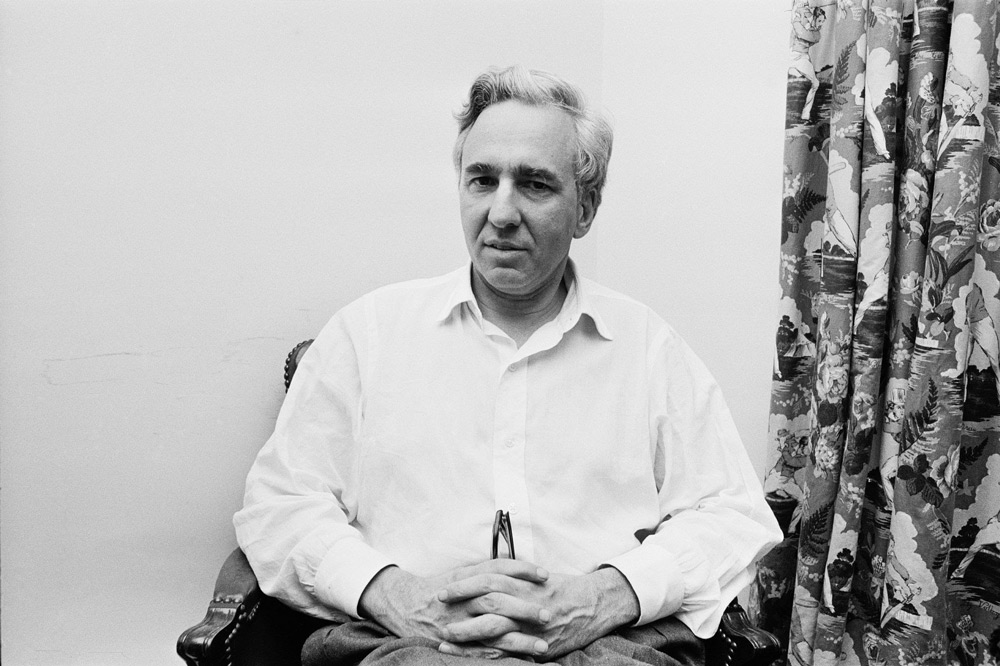
Huntington Hartford
6. Joseph V. McMullan
Joseph V. McMullan, a prominent New York banker and philanthropist, is remembered as one of the most influential Persian carpet collectors of the 20th century. His collection included more than 200 pieces, which he later donated to the Textile Museum in Washington, D.C.
- Scholarly Contributions: McMullan was not only a collector but also an academic, publishing several books and articles on Persian carpets. His scholarship provided a foundation for many future studies on the history and artistry of Persian and Islamic rugs.
- Public Legacy: McMullan’s donation to the Textile Museum brought Persian carpets into an institutional setting, enabling scholars, students, and the general public to study and appreciate these masterpieces. His contribution helped solidify Persian carpets as a vital area of art historical research.
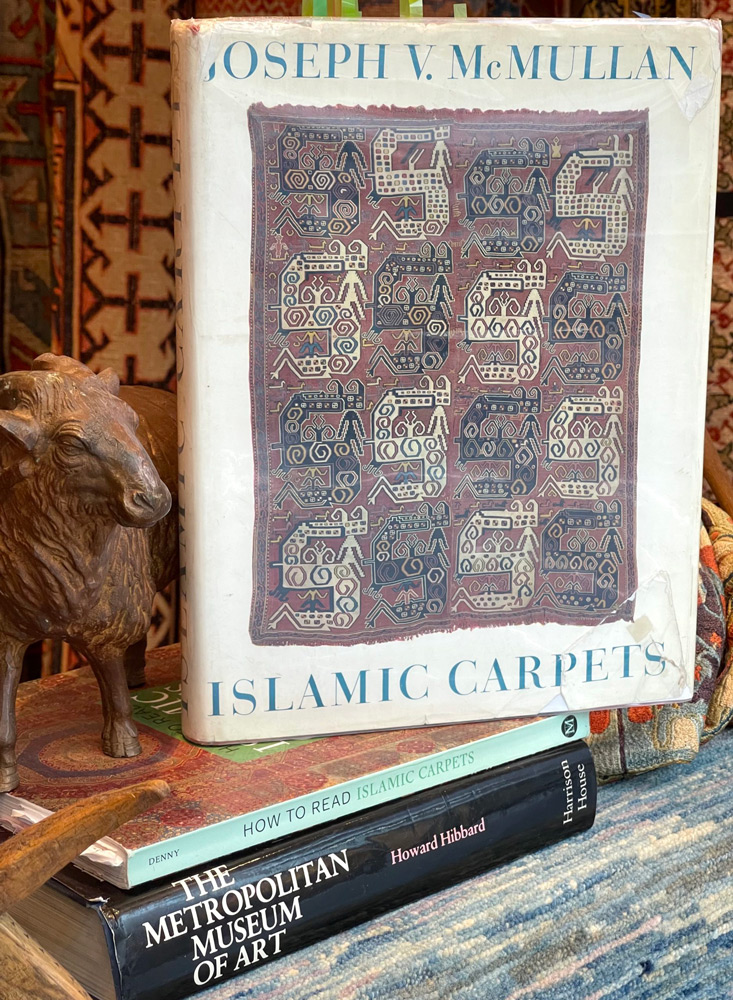
Book: Islamic Carpets by Joseph V. McMullan
7. Doris Duke
The American heiress Doris Duke was known for her eclectic taste in art, and Persian carpets played a central role in her collection. Her estate, Shangri La, in Honolulu, Hawaii, is home to a range of oriental carpets, including several valuable Persian pieces.
- A Unique Collection Style: Duke’s collection emphasizes Persian carpets as part of her passion for Islamic art and culture. She incorporated these carpets into her architectural designs at Shangri La, creating an exotic and immersive experience that reflected her love of Persian and Middle Eastern aesthetics.
- Preserving Heritage in Modern Design: By integrating Persian carpets into her home, Duke showcased how these traditional pieces could be harmonized with contemporary architecture. Her collection continues to draw interest from art lovers and collectors worldwide.
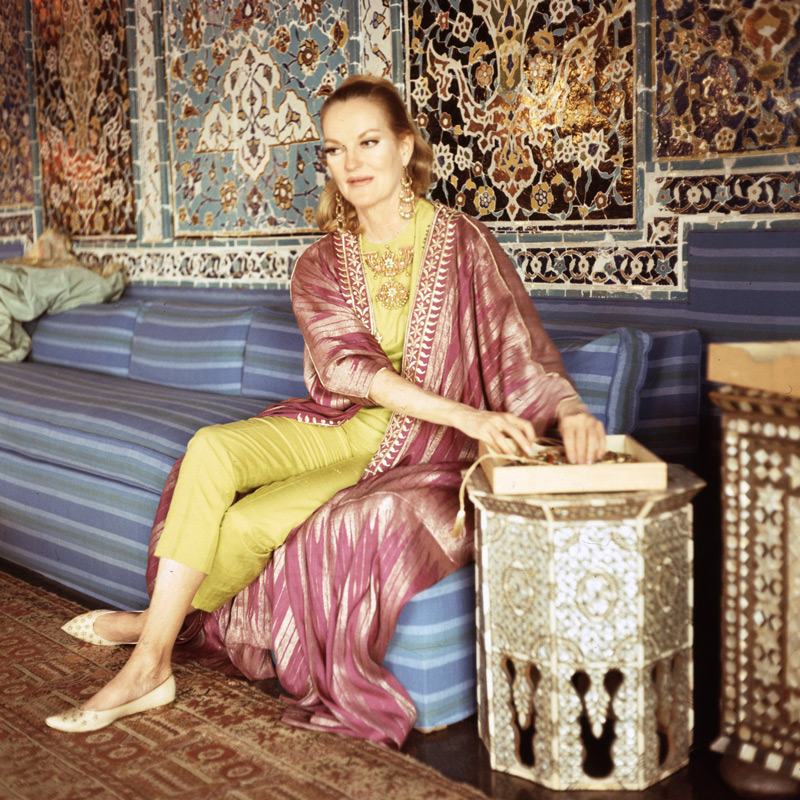
Doris Duke
Conclusion: A Legacy of Preservation and Cultural Appreciation
These famous Persian carpet collectors have made invaluable contributions to preserving the rich tradition of Persian carpet weaving. Through their collections, they have protected these treasures, shared their beauty with the public, and inspired new generations of collectors and enthusiasts. Persian carpets are not only art pieces but also vessels of culture and history, and the dedication of these collectors ensures that this heritage will be cherished and appreciated for years to come.



















